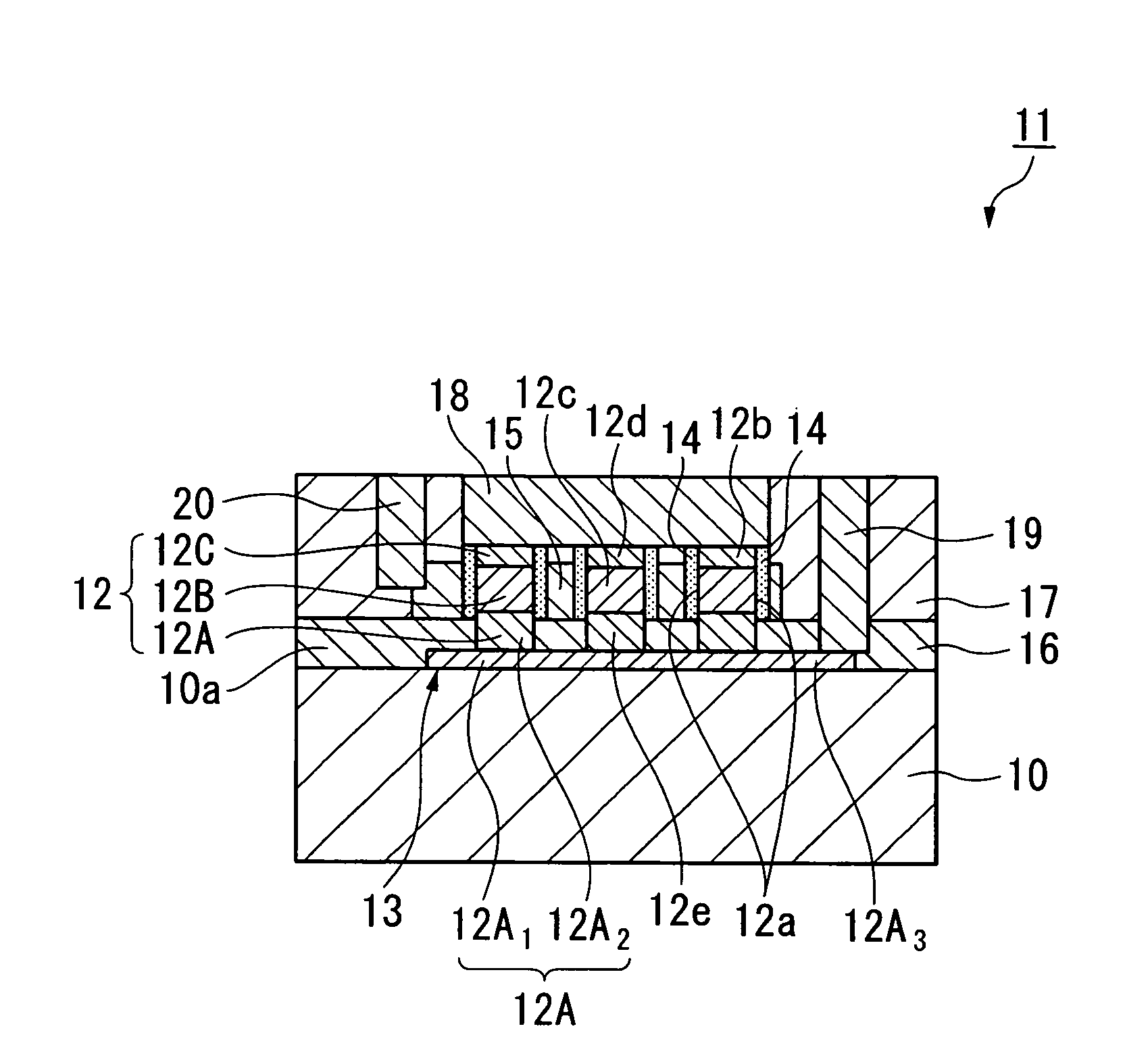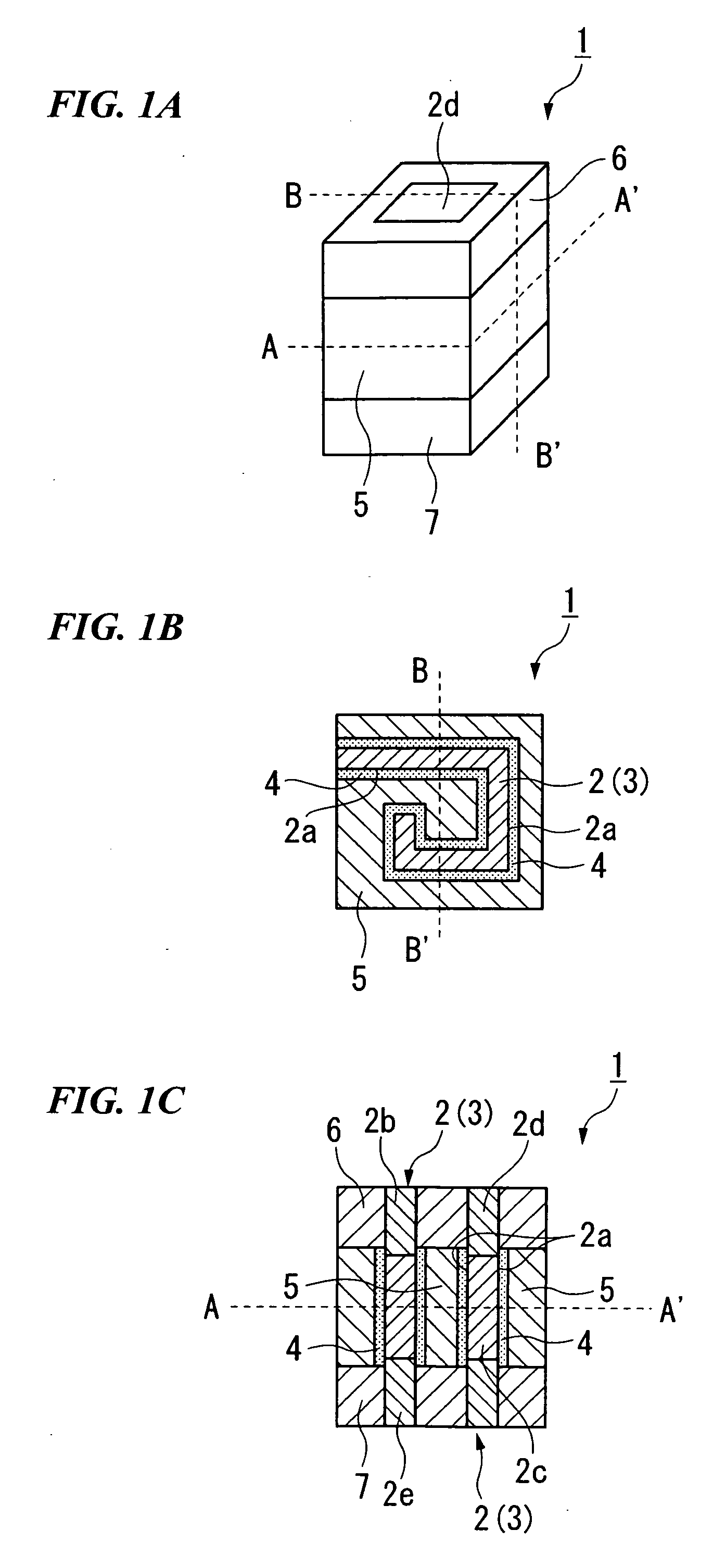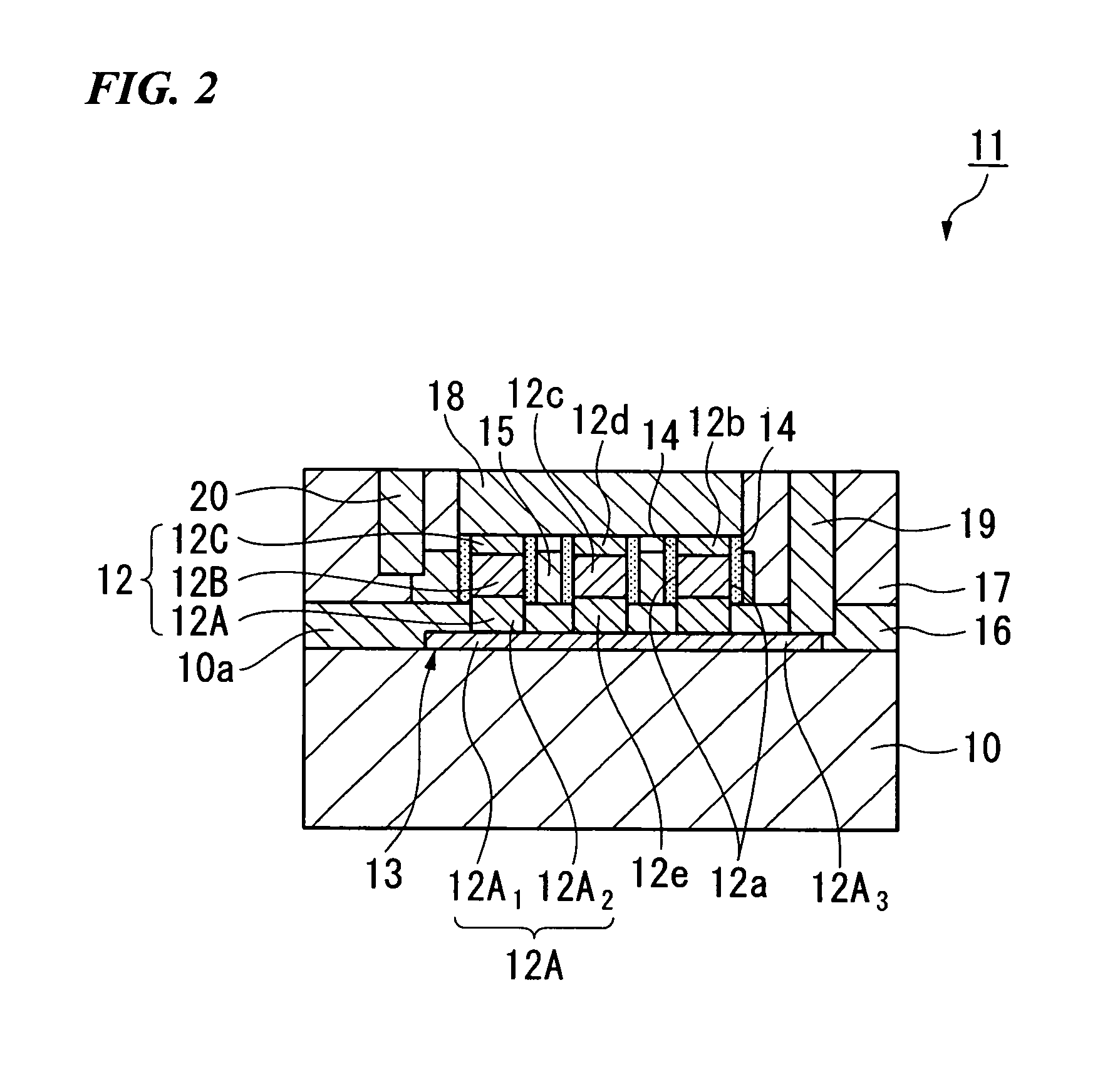Semiconductor device and method for manufacturing semiconductor device
a semiconductor and semiconductor technology, applied in the direction of semiconductor devices, basic electric elements, electrical equipment, etc., can solve the problems of difficult to introduce dopants using the conventional ion implantation method, more expensive soi wafers than the conventional method, and self-heating effect, so as to prevent the diffusion of ionic species, increase the on current, and shorten the channel length
- Summary
- Abstract
- Description
- Claims
- Application Information
AI Technical Summary
Benefits of technology
Problems solved by technology
Method used
Image
Examples
Embodiment Construction
[0102]Hereinafter, a semiconductor device and a method for manufacturing a semiconductor device according to the invention will be described with reference to the accompanying drawings.
[0103]The drawings, which are referred to in the following description, are presented merely for illustration of a semiconductor device or the like of the embodiment, and therefore, the size, thickness, or dimension of each part shown may differ from the actual size, thickness, or dimension of the part in the actual semiconductor device or the like.
Basic Example of Semiconductor Device
[0104]Now referring to FIGS. 1A to 1C, a basic example of a semiconductor device according to the embodiment will be described.
[0105]FIG. 1A is a perspective view of the semiconductor device according to the embodiment.
[0106]Moreover, FIG. 1B is a cross-sectional view taken along the A-A′ line in FIG. 1A, showing the substrate surface of the semiconductor substrate in a plan view.
[0107]Furthermore, FIG. 1C is a cross-sec...
PUM
 Login to View More
Login to View More Abstract
Description
Claims
Application Information
 Login to View More
Login to View More - R&D
- Intellectual Property
- Life Sciences
- Materials
- Tech Scout
- Unparalleled Data Quality
- Higher Quality Content
- 60% Fewer Hallucinations
Browse by: Latest US Patents, China's latest patents, Technical Efficacy Thesaurus, Application Domain, Technology Topic, Popular Technical Reports.
© 2025 PatSnap. All rights reserved.Legal|Privacy policy|Modern Slavery Act Transparency Statement|Sitemap|About US| Contact US: help@patsnap.com



